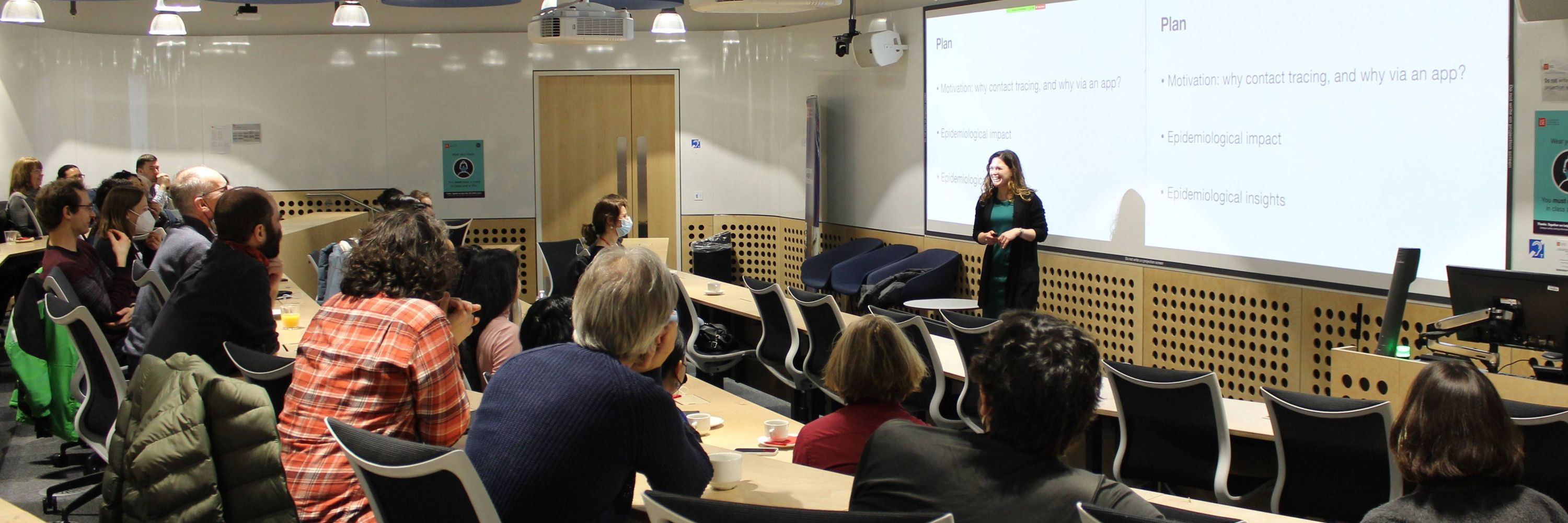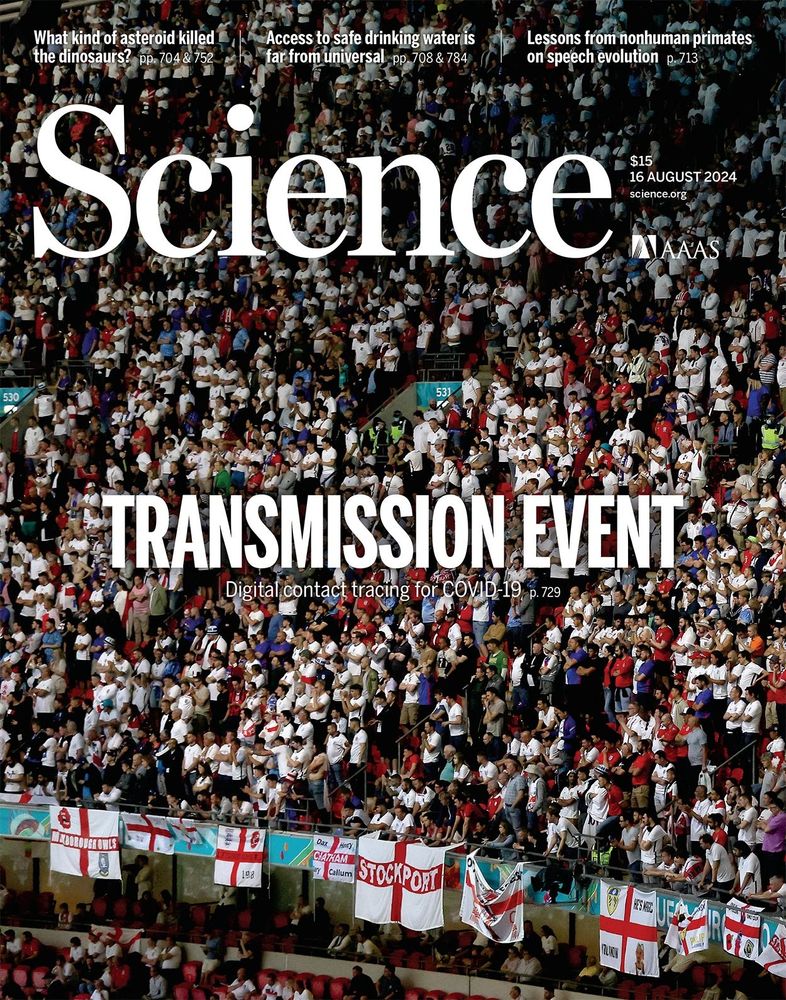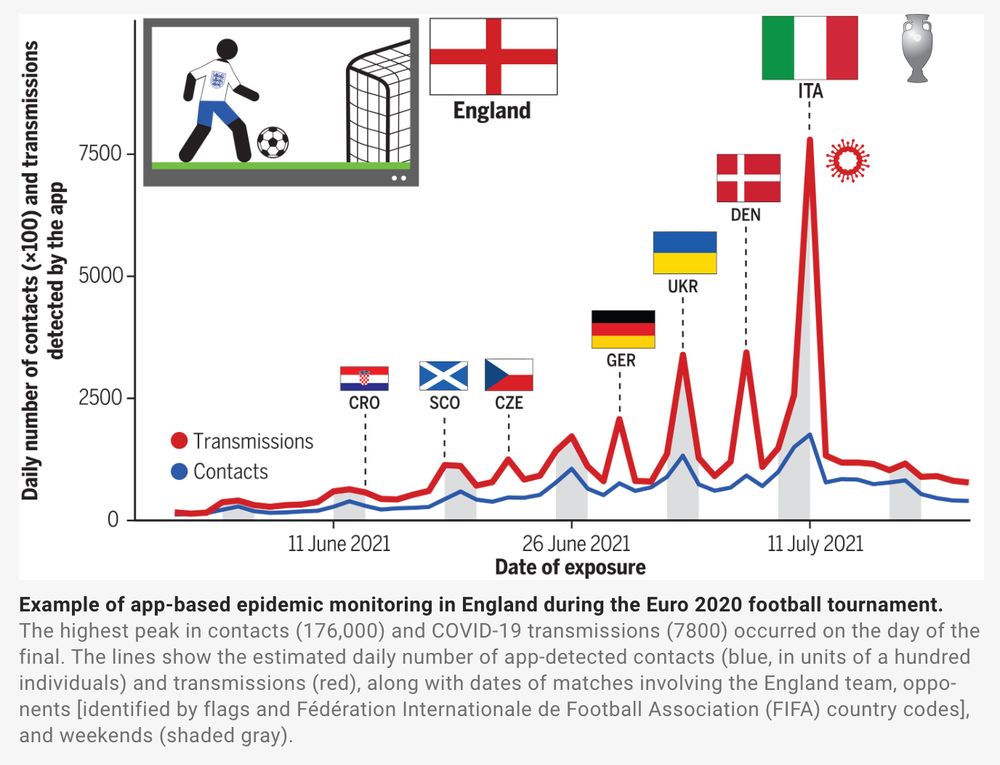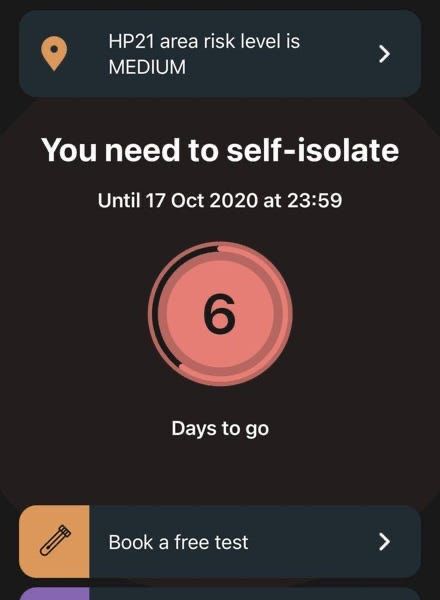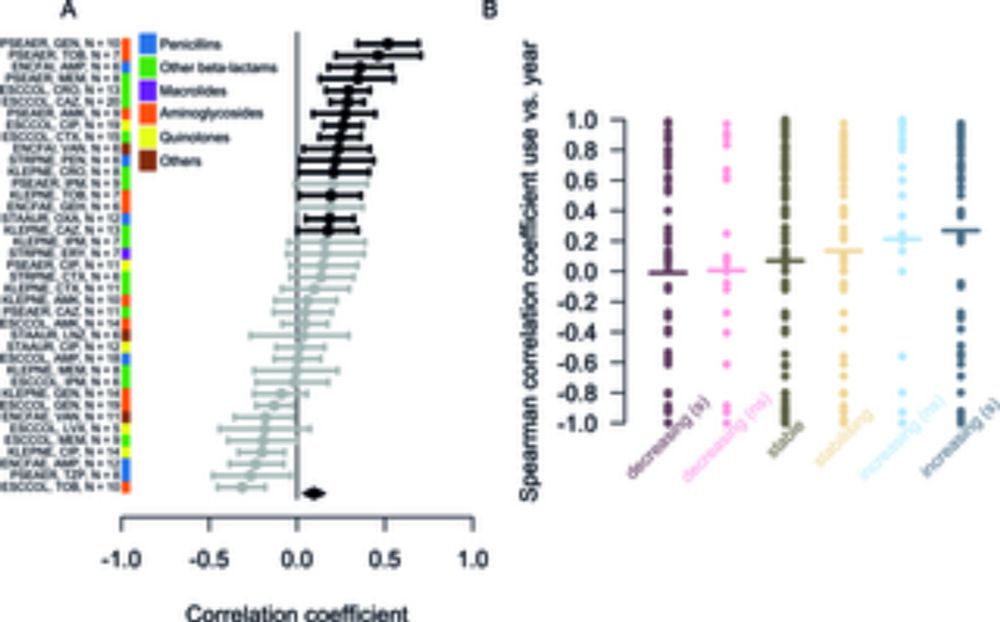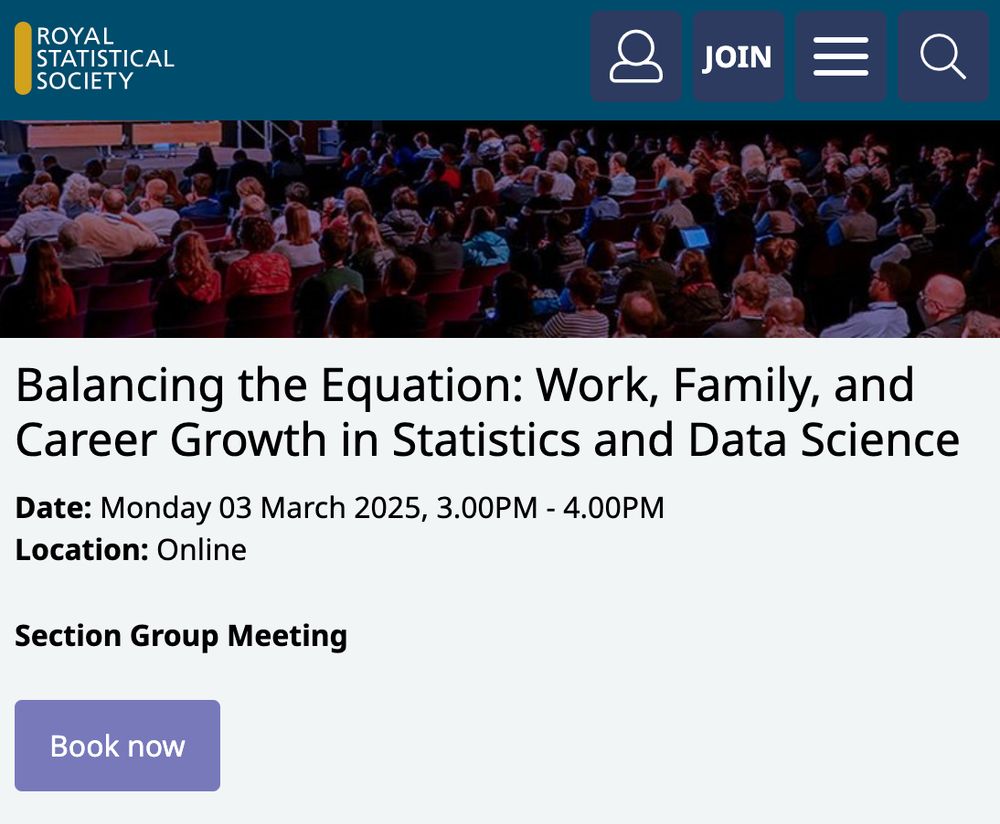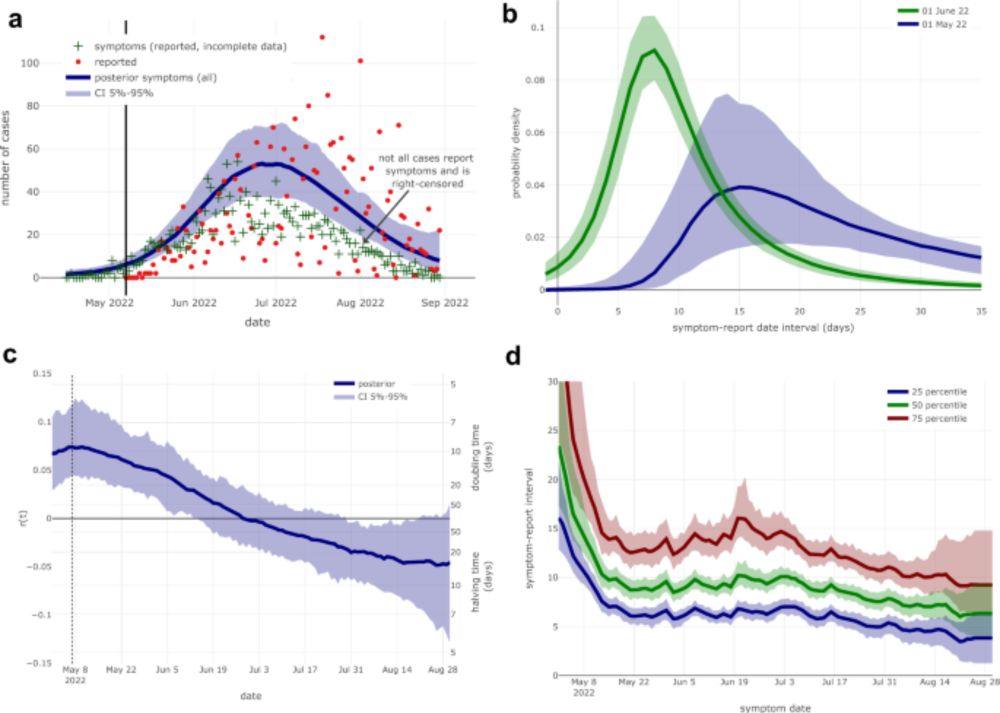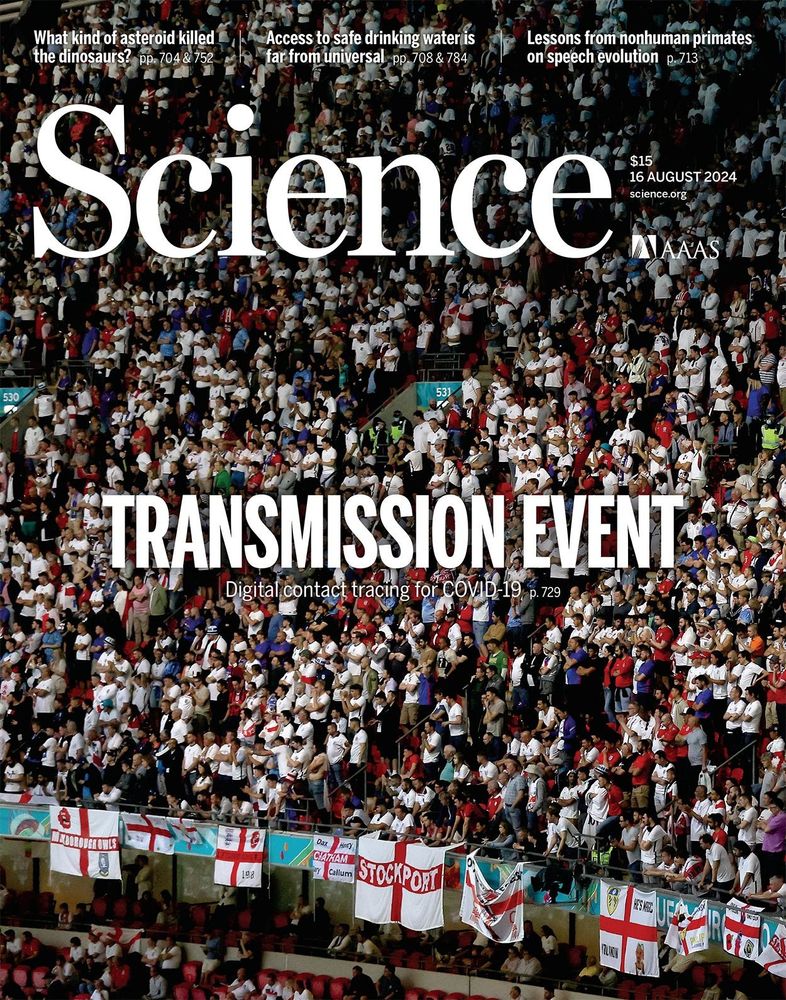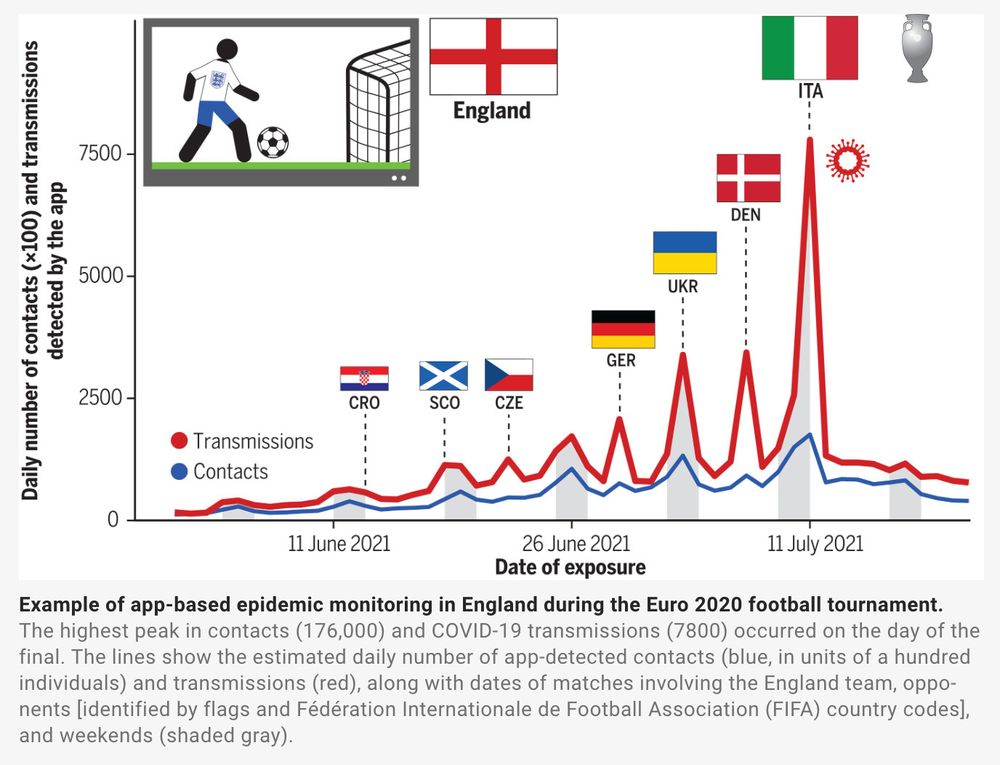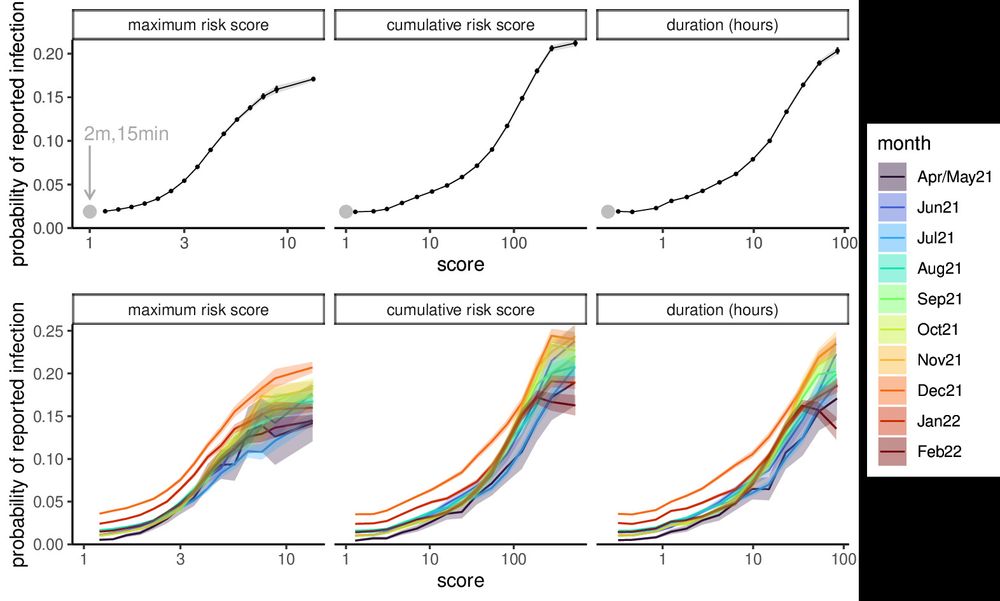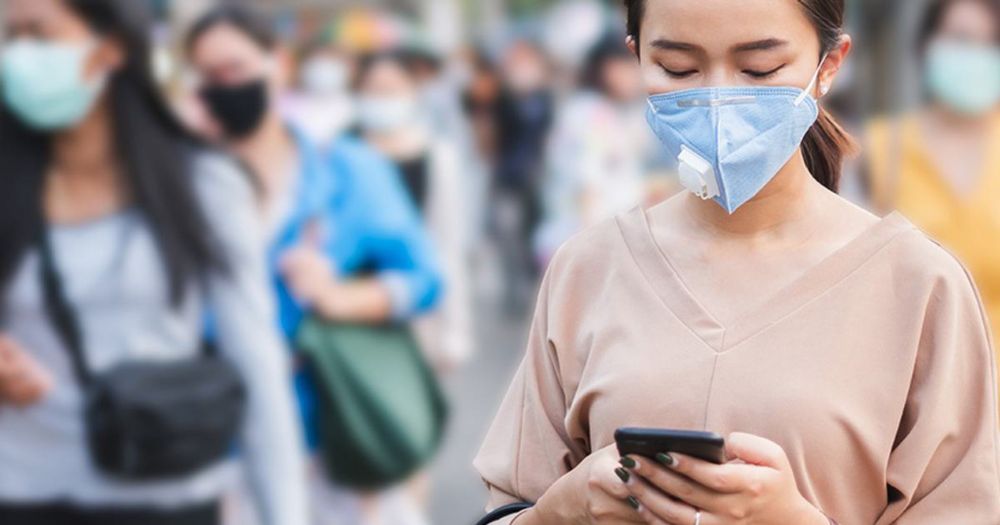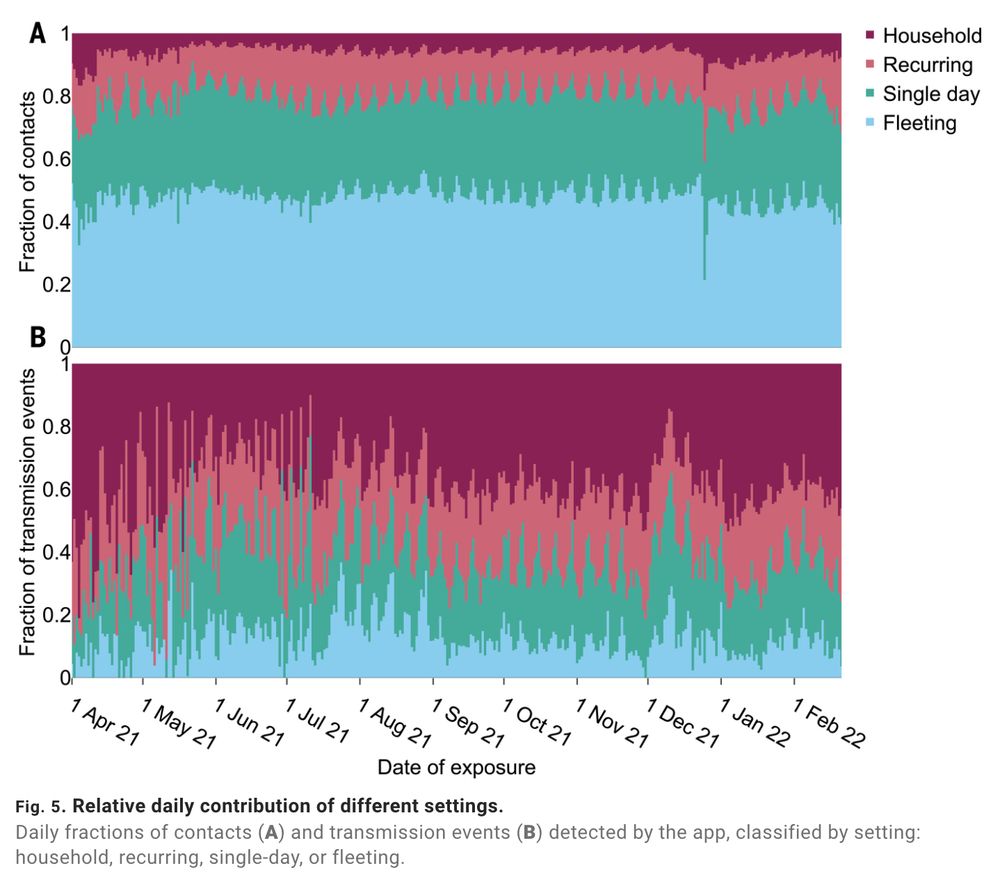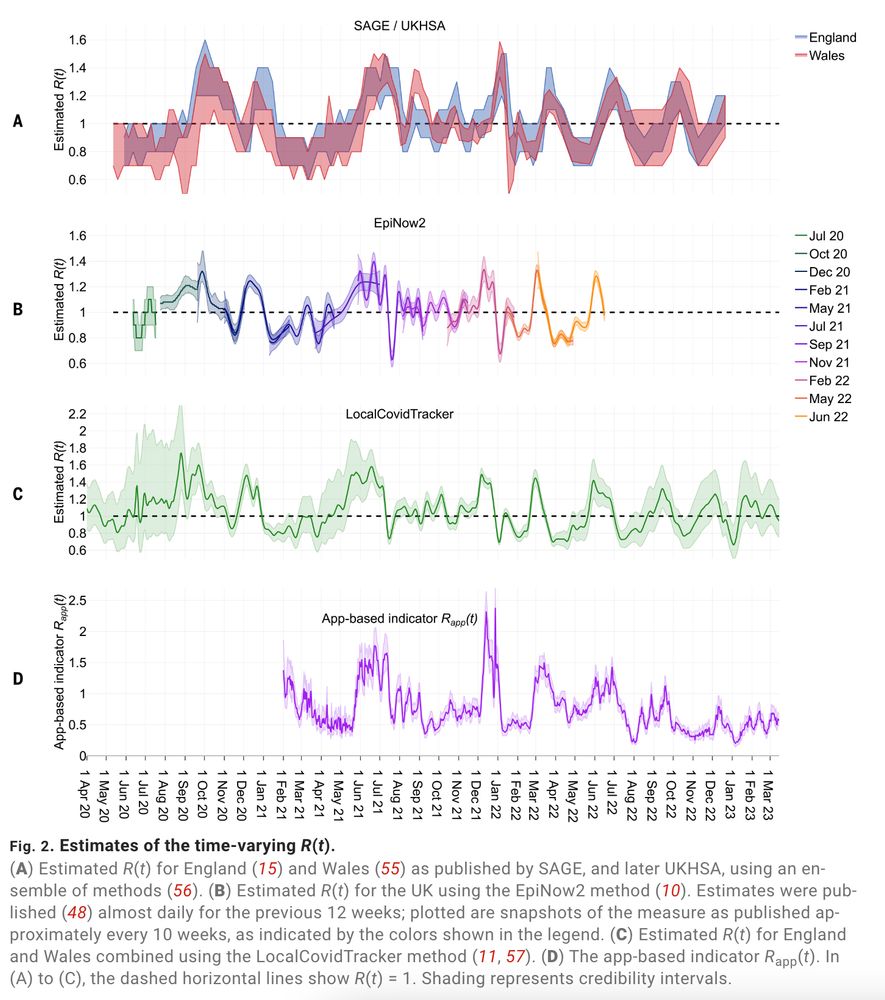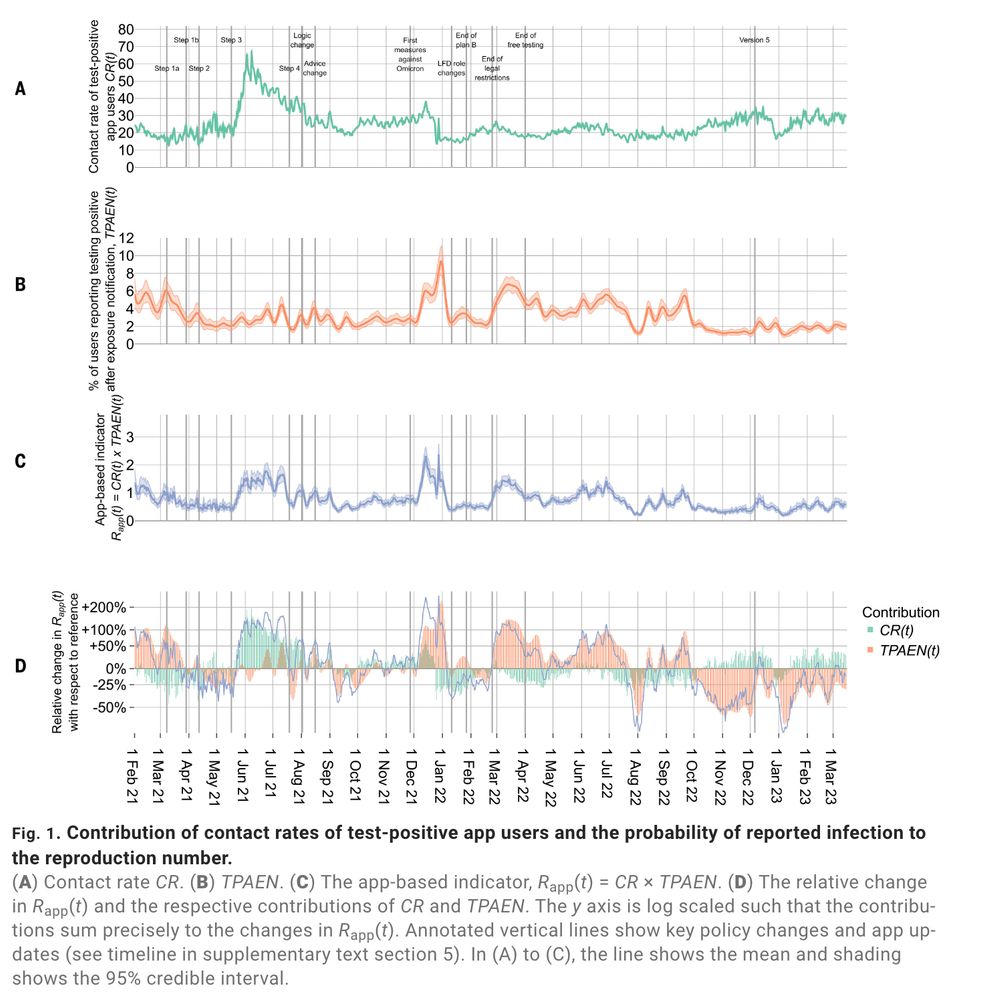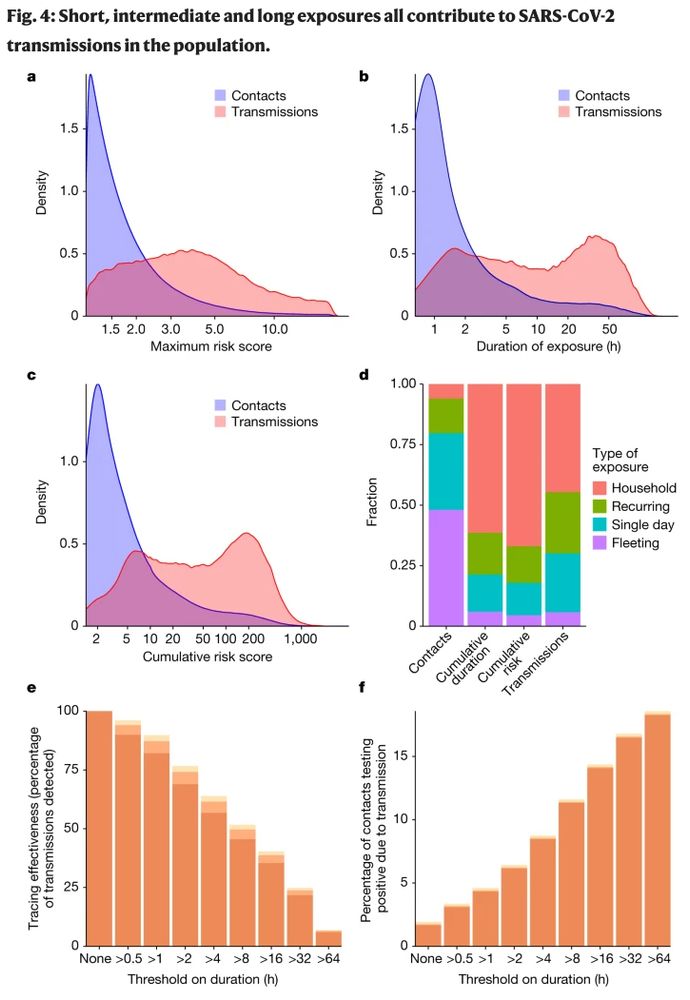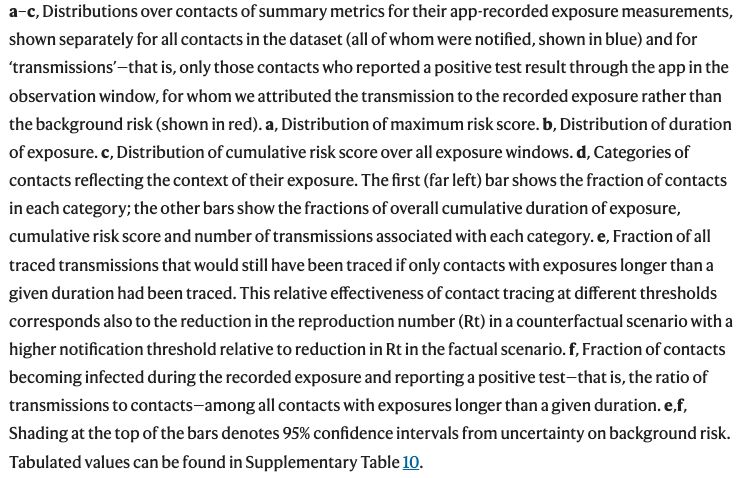Michelle Kendall
@mishkendall.bsky.social
590 followers
210 following
33 posts
Developing and communicating epidemiology / statistics for public health protection at the Pandemic Sciences Institute, University of Oxford.
https://michellekendall.github.io/
Posts
Media
Videos
Starter Packs
Pinned
Reposted by Michelle Kendall
Reposted by Michelle Kendall
Michelle Kendall
@mishkendall.bsky.social
· Feb 27
Michelle Kendall
@mishkendall.bsky.social
· Jan 21
Michelle Kendall
@mishkendall.bsky.social
· Dec 19
Sam Abbott
@seabbs.bsky.social
· Dec 13

Reflections on two years estimating effective reproduction numbers – EpiForecasts
Over the last two years we have estimated reproduction numbers daily for several thousand locations, presented these estimates as a curated data set and visualised them at epiforecasts.io/covid. In th...
epiforecasts.io
Reposted by Michelle Kendall
Reposted by Michelle Kendall
Michelle Kendall
@mishkendall.bsky.social
· Nov 11
Michelle Kendall
@mishkendall.bsky.social
· Nov 11
Michelle Kendall
@mishkendall.bsky.social
· Nov 11
Michelle Kendall
@mishkendall.bsky.social
· Nov 11
